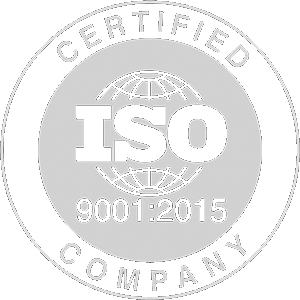Chlorinated Polyvinyl Chloride (CPVC) is a thermoplastic material known for its excellent chemical resistance, high-temperature capabilities, and fire-retardant properties. CPVC is commonly used in applications that require resistance to both elevated temperatures and corrosive chemicals.
- High-Temperature Resistance: CPVC has superior temperature resistance compared to regular PVC, with a higher maximum continuous use temperature of around 200°F to 212°F.
- Chemical Resistance: CPVC is highly resistant to a wide range of aggressive chemicals, acids, bases, and corrosive substances, making it suitable for chemically harsh environments.
- Fire-Resistance: CPVC materials are inherently fire-resistant and have a self-extinguishing property, making them suitable for applications with fire safety requirements.
- Mechanical Strength: CPVC offers good mechanical strength, impact resistance, and durability, contributing to its reliability in various applications.
- Electrical Insulation: CPVC serves as an effective electrical insulator, making it suitable for applications requiring electrical insulation and thermal stability.
- Low Thermal Conductivity: CPVC has relatively low thermal conductivity, which makes it useful for applications requiring insulation properties.
- Hot Water Systems: CPVC is widely used in hot water piping systems due to its ability to withstand higher temperatures compared to regular PVC.
- Chemical Processing: CPVC is employed in chemical processing applications such as pipes, fittings, and valves due to its chemical resistance and durability.
- Fire Sprinkler Systems: CPVC is used in fire sprinkler systems due to its fire-retardant properties and ease of installation.
- Industrial Applications: CPVC is used in industrial applications requiring both chemical resistance and temperature stability.
- Water Treatment: CPVC is used in water treatment applications such as pipes, valves, and fittings due to its chemical resistance and durability.
- Process Piping: CPVC is used in various process piping applications where resistance to both chemicals and elevated temperatures is important.
